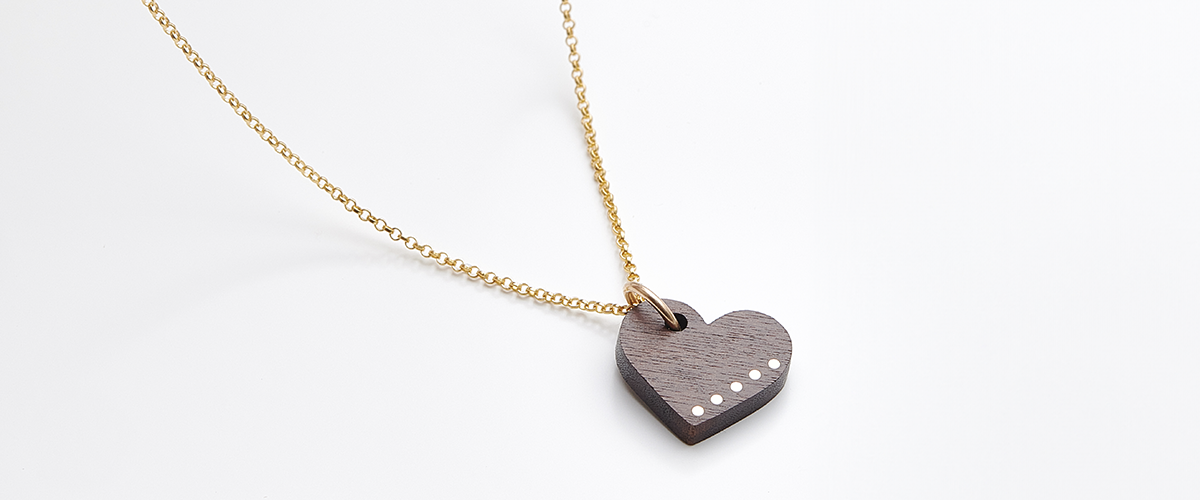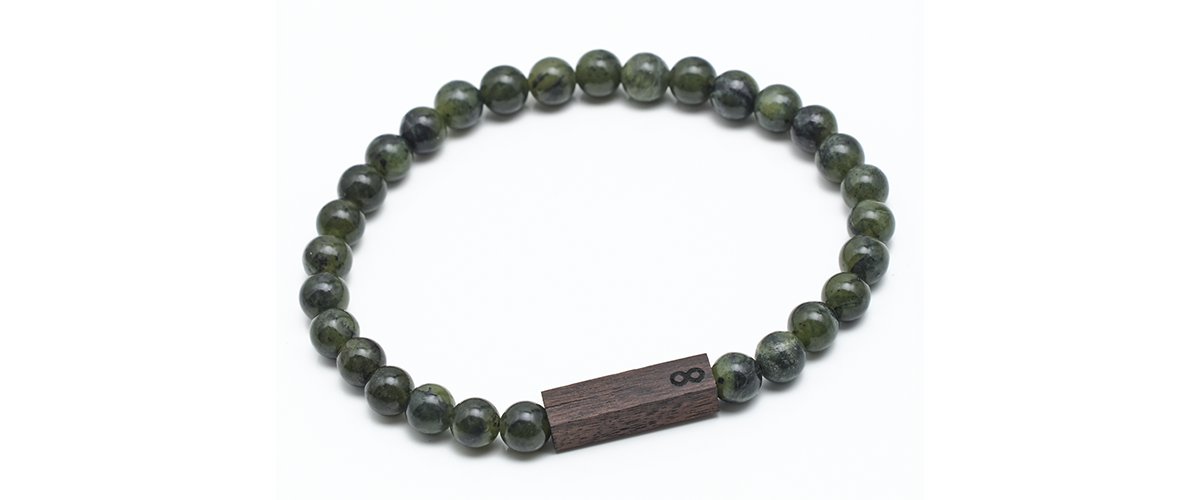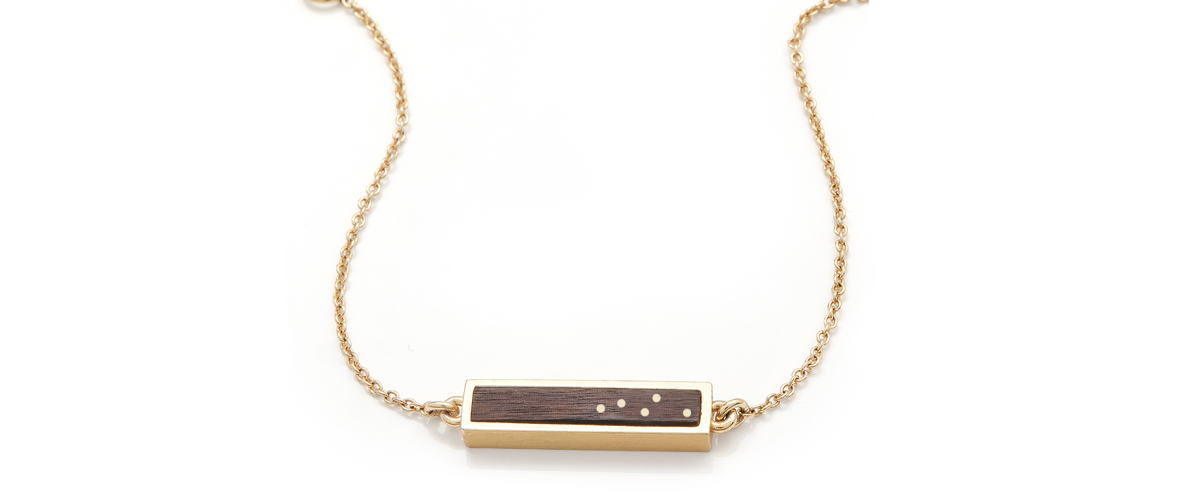
The History of Wood Jewelry: A Sustainable & Stylish Choice
Jewelry has been an integral part of human culture for thousands of years, serving as symbols of status, love, spirituality, and artistic expression. While precious metals and gemstones have long been the dominant materials, wood jewelry holds a special place in history due to its natural beauty, cultural significance, and eco-friendly appeal. As sustainability becomes an increasing priority for consumers, wood jewelry is making a strong comeback in the fashion world. This article explores the rich history of wood jewelry, its cultural importance, and why it remains a sustainable and stylish choice today.
Ancient Origins of Wood Jewelry
Wood jewelry dates back to some of the earliest human civilizations. Before the discovery and widespread use of metals, early societies crafted adornments from organic materials, including bone, shells, and wood. Wood, in particular, was prized for its accessibility, versatility, and ease of carving.
Prehistoric and Tribal Societies
Archaeological evidence suggests that prehistoric humans wore wooden jewelry as talismans, often carved with symbols representing protection, fertility, or spiritual guidance. Many tribal communities across Africa, South America, and Southeast Asia have used wooden jewelry in ceremonial rites, believing that specific types of wood carry spiritual energies.
Ancient Egypt and Mesopotamia
In ancient Egypt, wood was used to create elaborate jewelry pieces often inlaid with precious stones and gold leaf. While metals were favored among the elite, wooden jewelry was commonly worn by those who could not afford gold or silver. Similarly, in Mesopotamian civilizations, artisans crafted wooden beads and pendants, sometimes coated with lacquer or resin to enhance durability.
Asian Influence: Japan & China
In Japan, wood carving has been an essential part of the country’s art and cultural heritage for centuries. The art of netsuke, miniature wood-carved ornaments, dates back to the Edo period (1603–1868) and continues to be a highly valued craft. In China, wooden jewelry was intricately carved and sometimes infused with aromatic oils, serving both as decorative and therapeutic accessories.
Wood Jewelry in the Middle Ages and Renaissance
During the Middle Ages, wood jewelry continued to be widely used among European peasants and religious communities. Wooden rosary beads became an essential spiritual accessory, especially among monks and priests. Wood carvings depicting religious figures were often worn as pendants to offer protection and guidance.
In the Renaissance era, as trade expanded and access to luxury materials increased, wooden jewelry became less common among the upper classes but remained popular among artisans and those seeking unique, handcrafted pieces. Ebony, a rare and dense wood, was particularly sought after for its rich color and durability.
The Revival of Wood Jewelry in Modern Times
Eco-Friendly and Sustainable Appeal
One of the primary reasons for the resurgence of wood jewelry is its eco-friendly nature. As consumers become more conscious of their environmental impact, sustainable materials like wood have gained popularity. Ethically sourced wood jewelry reduces the demand for mining and metal extraction, which are often associated with deforestation, pollution, and exploitative labor practices.
Wood jewelry is also biodegradable, meaning it doesn’t contribute to long-term environmental waste like plastic or synthetic materials. Many designers today prioritize responsibly sourced wood, using reclaimed or recycled materials to create one-of-a-kind pieces.
Aesthetic and Unique Appeal
Wood jewelry offers a distinct aesthetic that stands out from conventional metal and gemstone designs. No two pieces of wooden jewelry are identical due to the natural grain patterns, making them uniquely personal accessories. The variety of wood types used—including walnut, rosewood, ebony, and sandalwood—provides an array of colors and textures that complement both casual and formal wear.
Celebrity and High-Fashion Endorsements
In recent years, wooden jewelry has caught the attention of fashion designers and celebrities. Luxury brands have begun incorporating wood elements into their designs, blending traditional craftsmanship with contemporary trends. Designers like Silvia Furmanovich have elevated wood jewelry into the realm of haute couture, proving that sustainability and luxury can coexist.
Additionally, men’s jewelry has seen a significant shift towards wood-based designs, particularly in bracelets, rings, and pendants. The growing popularity of minimalist and earthy aesthetics has driven more consumers to opt for wooden accessories over traditional metals.
Why Wood Jewelry is the Future
As the world moves towards more ethical and sustainable fashion choices, wood jewelry is poised to become an even bigger trend. Here are a few reasons why it is set to remain a popular choice:
-
Sustainability: Responsibly sourced and biodegradable, wood jewelry supports a greener planet.
-
Timeless Appeal: From ancient civilizations to modern fashion, wood jewelry has proven its lasting charm.
-
Hypoallergenic Properties: Unlike some metals that cause skin irritation, wood jewelry is gentle on sensitive skin.
-
Affordability: Compared to gold, silver, or platinum, wooden jewelry offers an affordable yet stylish alternative.
-
Personalization: Wood is an excellent material for engraving, allowing for customized pieces that hold sentimental value.
Final Thoughts
Wood jewelry is more than just an accessory; it carries a deep history, cultural significance, and an eco-conscious message. From ancient civilizations to modern luxury fashion, wood has remained a symbol of strength, elegance, and sustainability. As the demand for ethical and stylish jewelry grows, wood jewelry stands out as a perfect blend of tradition and contemporary appeal. Whether you’re looking for a statement piece, a meaningful gift, or a sustainable alternative to conventional jewelry, wood jewelry offers a timeless and responsible choice.







Leave a comment
This site is protected by hCaptcha and the hCaptcha Privacy Policy and Terms of Service apply.